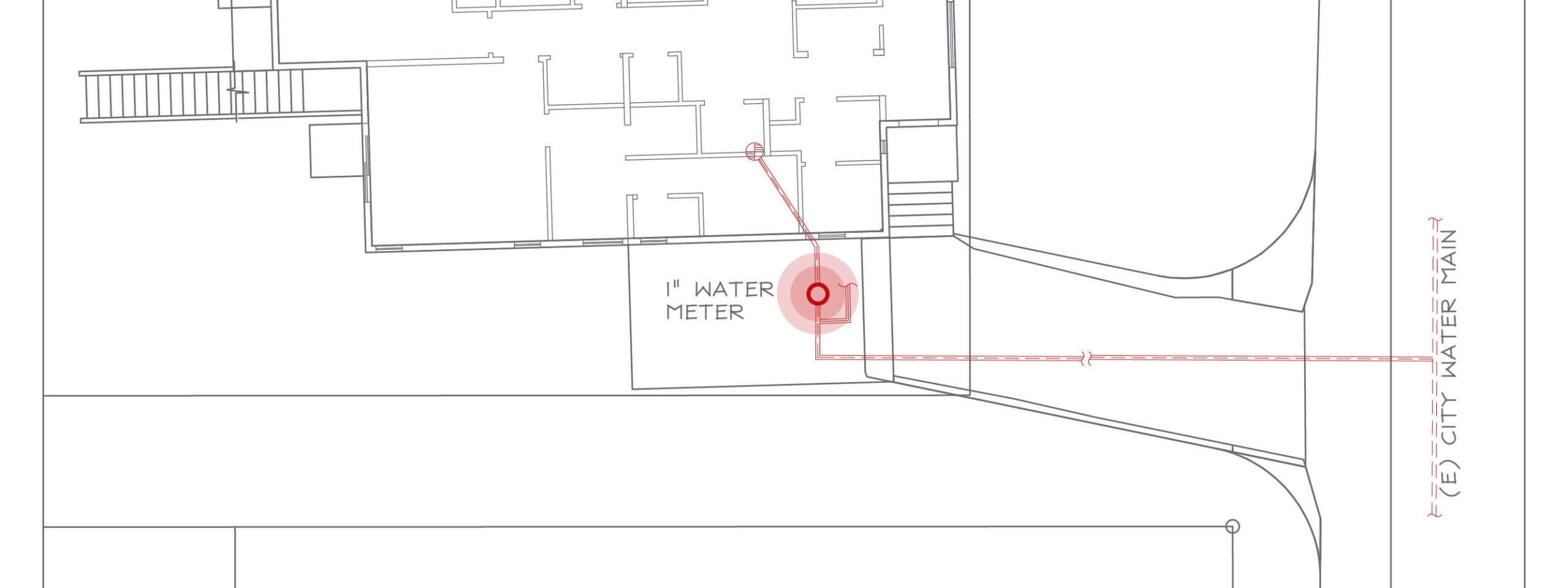Differences Between NFPA 13, NFPA 13R, and NFPA 13D Fire Sprinkler Systems
When designing a fire sprinkler system, a critical first step is correctly selecting which fire sprinkler standard to use as the design basis–NFPA 13, NFPA 13R, and NFPA 13D. Each standard has its own scope, intent, and requirements. Designing to the incorrect standard can result in compliance issues or costly rework late in the project.
This article provides a technical comparison of NFPA 13, 13R, and 13D, explaining where each applies, how they differ in hydraulic design, and what that means for building owners, contractors, and engineers.
Scope & Applicability
Each standard applies to different types of occupancies and building conditions.

Figure 1: Comparison of NFPA 13, NFPA 13R, and NFPA 13D by occupancy type, height limitations, and IBC “fully sprinklered” status.
NFPA 13: The most comprehensive option, required in commercial, industrial, and high-rise occupancies. It is the only standard recognized by the International Building Code (IBC) as a “fully sprinklered” building, unlocking height, area, and egress tradeoffs.
NFPA 13R: Limited to residential occupancies up to four stories or 60 feet in height, it is intended for life safety only, not property protection.
NFPA 13D: Applies to one and two-family dwellings and manufactured homes. It is the simplest and most cost-effective system, designed with the primary intent of providing occupants with time to egress.
A key nuance is podium construction. The 2021 IBC clarified that the four-story limit for NFPA 13R is measured from grade plane, not from the top of the podium. This prevents adding multiple residential levels above a tall pedestal and still calling it 13R.
Understanding Protection Objectives and Coverage
The three standards differ significantly in their protection goals and required coverage.
NFPA 13 aims for both life safety and property protection. It requires sprinklers in nearly all areas, including attics, concealed spaces, and storage rooms.
NFPA 13R focuses on life safety in residential spaces. It allows certain omissions, such as small bathrooms, some closets, attics, or concealed spaces, when criteria are met.
NFPA 13D is the most permissive, consistent with its goal of providing affordable protection to occupants in smaller dwellings (attics, garages, and small bathrooms are often omitted).
These differences reflect cost and complexity. NFPA 13 systems are more demanding to design and install, while NFPA 13D systems are less costly but provide minimal property protection.
Hydraulic Design & Water Supply
Hydraulic requirements are a major factor in cost and feasibility.
NFPA 13: Requires the largest design area and includes hose stream allowances, meaning higher flow and pressure are needed.
NFPA 13R: Less demanding as it usually requires calculations for four sprinklers in a compartment.
NFPA 13D: The least demanding. Typically, only two sprinklers need to be considered, and water supplies must last a minimum of 10 minutes (7 minutes in certain small dwellings per the 2019 edition).
Because of these differences, NFPA 13 often necessitates larger pipes, stronger supplies, or fire pumps, while 13D systems can sometimes run off small water mains or residential service connections.

Figure 2: Comparison of NFPA 13, NFPA 13R, and NFPA 13D requirements for hose allowances and water supply duration.
Code Benefits & Compliance
Only NFPA 13 systems qualify as “fully sprinklered” under the IBC, which can significantly impact building design. This designation allows increased building height and area, reduced fire-resistance ratings, and modified egress requirements.
NFPA 13R and 13D systems, while acceptable for life safety, do not unlock those same code benefits. Designers must evaluate early whether a project relies on sprinkler tradeoffs, if so, NFPA 13 is required.
Cost & Risk Considerations
NFPA 13 systems are the most expensive due to greater coverage and higher water demand. They often require larger mains and additional equipment such as pumps.
NFPA 13R systems strike a balance by focusing only on life safety in multifamily buildings, which reduces material and supply costs.
NFPA 13D systems are the least costly but do not protect property and may not satisfy insurance or resale considerations.
From a liability standpoint, using NFPA 13R or 13D where NFPA 13 is required can create compliance issues and exposure in the event of a fire.
Conclussion
The choice between NFPA 13, 13R, and 13D has implications far beyond initial installation cost. It affects life safety, property protection, water supply, and building code compliance. While this article provides a detailed overview of the differences between these standards, every project requires additional considerations such as local code amendments, site water supply conditions, and AHJ interpretations. These factors must be evaluated carefully before finalizing system design.
At Engineered Fire Systems, we help owners, architects, and contractors determine the correct standard, produce hydraulic calculations, and coordinate with the AHJ to reduce compliance risk and ensure reliable fire protection.
Contact us today to discuss your project and select the right sprinkler standard with confidence.



